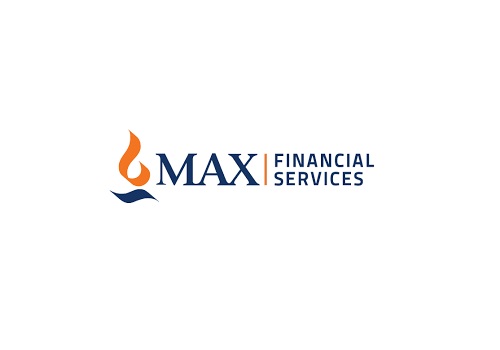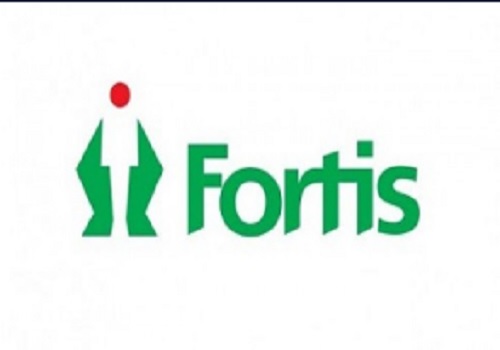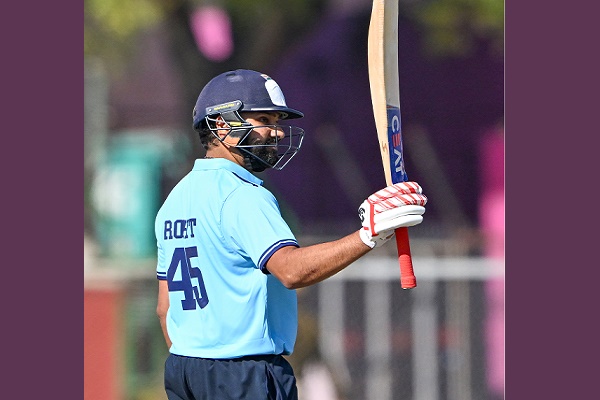Quantum Dynamic Bond Fund Turns 10: Reflecting with Pride, Advancing with Purpose

when we launched the Quantum Dynamic Bond Fund (QDBF), we embarked on a journey - not merely navigating the fluctuations of interest rates, inflation, and fiscal shifts, but working towards a far more meaningful goal: earning your trust and focusing on long-term wealth stability.
As we mark the 10th anniversary of the Quantum Dynamic Bond Fund in May 2025, we don’t just look back to celebrate milestones. We reflect on how we’ve navigated a decade of shifting markets with discipline, clarity, and integrity.
We not only evaluate our performance against a specified benchmark, we also evaluate our objective, how did we prepare to meet that objective and what did we deliver to our investors. .
There were moments of challenge, yes — but each one was met with reflection, learnings, and a stronger commitment to staying true to the investment objective.
Let’s start with the “WHY”
The Quantum Dynamic Bond Fund was built with a clear objective: To offer investors a debt fund that couldadapt to changing interest rate scenarios while prioritizing safety and liquidity.
In simpler terms, our goal is to generate optimal returns while taking on interest rate risks, maintaining liquidity and keeping credit risk to a minimum. Our investments are thus restricted to Government Securities (G-Sec) and Public Sector Undertaking Bonds (PSU bonds)which are AAA Rated.
With Quantum Dynamic Bond Fund, we’ve focused on managing a single key risk—interest rate risk—while keeping credit risk to a minimum by investing in G-Sec and PSU AAA rated bonds, distinguishing our approach within the category.
Why Dynamic Bonds? And Why Government Bonds?
When we launched the Quantum Dynamic Bond Fund, we wanted it to be an all-weather solution for investors looking to grow their wealth while managing risk.
At the time, many investors relied on Fixed Deposits (FDs) for safety. While FD returns were predictable, they were also low, and tax treatment wasn’t always favourable.
So, we asked: Can we give ourmedium-term investors (investors with an investment horizon of 3-5 years) an investment solution that is more stable than stocks, provides better returns potential,and is more tax efficient than FDs?
Enter the QuantumDynamic Bond Fund!
Our aim it so follow a strategy that blends investments in government securities along with carefully selected, highly rated PSU bonds, thereby aiming to outperform traditional fixed income instruments such as FDs while providing offering tax efficiency for long-term investors.
What’s the secret? Flexibility. Unlike FDs that invest your money at a fixed rate and for fixed period, Quantum Dynamic Bond Fund actively adjusts its duration in response to market conditions.
When interest rates are expected to rise, we aim to reduce the interest rate risk by keeping portfolio maturity low, therebypreserving your capital. When long-term interest rates are expected to fall, we aim to increase the portfolio maturityto earn some capital gains over and above the interest income.
In short, the Quantum Dynamic Bond Fund was designed to be a safer, more flexible investment optionfor FDs with the added benefit of growth potential and tax efficiency—making it apreferable option for any market cycle.
Why Thinking Long-Term Matters
We’ve always asked ourselves one simple question: “Are we striking the right balance between risk and reward, especially during periods of market volatility and uncertainty?”
Global bond markets, including our domestic market, experience notable volatility, driven by several key factors. Over the last 10 years, divergent central bank monetary policies aimed at controlling inflation and supporting growthalong with the geopolitical tensions, and the recent global trade concernsrelated to tariffs, have impacted our economy and financial markets. Shocks like the global pandemic or demonetisation are events which have no template and requires us to respond as the situation evolves.
On the other hand, policy changes likethe RBIs move of introducing “inflation targeting” in 2015, significantly altered the framework in which we evaluate domestic interest rates, inflation and currency,and this required us to look at cycles over the medium term.
Thus, we suggest investors to look at a dynamic bond fund allocation over a 2-3 year period.
The above eventsmake debt funds more volatile in the near term, but the flexibility of a Dynamic Bond Fund allows it to adjust and try and mitigate risks and manage risks during such periods.
Thus, the 1-year returns for a Dynamic Bond Fund may not represent the true picture,because short-term events like interest rate changes or inflation surprises, etc. can cause significant fluctuations s in the performance that may not accurately reflect how the Fund is managed over time.
A Fund might not look good in a year when rates rise sharply, even if it was managed well. On the other hand, a sudden drop in rates could make a Fund look great.
But step back. Take a 3-year lens, and suddenly, things settle. Why?
Because - Longer timeframes help smooth out short-term volatility, capture the fund's adaptabilityacross different market cycles, and avoid being skewed by one-off events.
These rolling returns also provide a more accurate reflection of long-term performance, highlighting consistency and alignment with an investor’s long-term goals.
What We Learned – Reflecting on Past Decisions
At Quantum, we believe in learning from both our successes and our challenges. Over the years, with Quantum Dynamic Bond Fund, we’ve stayed committed to a strategy focused on preserving capital and maintaining stability, even when the market presented high-risk opportunities.
There’s a simple truth in debt investing: Higher yields often come with hidden landmines.
We've steered clear of risky papers that later turned problematic, helping us protect our portfolio during periods of market stress.
Take the Infrastructure Leasing & Financial Services - IL&FS crisis in 2018, for example. The company defaulted in 2018 with over Rs 900 billion in debt. Poor project execution, over-borrowing, and funding long-term projects with short-term money led to a major default, triggering panic in debt markets and a liquidity crunch across NBFCs.
Similarly, DHFL(Dewan Housing Finance Corporation Ltd) defaulted in 2019 with over Rs 1 trillion in liabilities. Mismanagement, risky lending, and fund diversion led to its collapse and eventual insolvency under the IBC (Insolvency & Bankruptcy Code).
Both these cases highlighted the importance of strong credit filters and governance.
While we may have lagged our benchmark during bull markets as a result of our cautious approach, it allowed us to avoid the pitfalls of credit downgrades or defaults. We don’t see our approach as a conservative one —it's a demonstration of our efforts towardsresponsible investing and protecting our investors from unnecessary risk.
Of course, we didn’t always get it perfect. In February 2019, the RBI embarked on a monetary easing cycle, slashing the repo rate from 6.5% to 4% to support the economy amid the COVID-19 shock. Instead of aggressively extending duration to capture better yields, we opted for a more measured approach—gradually increasing risk only after carefully assessing the risk-reward dynamics. While this strategy aligned with our conservative philosophy, it meant we missed out on the bond market rally, as 10-year yields fell by approximately 1.5%.
Looking back, we recognize that our defensive stance was adopted a bit too early in what turned out to be a strong market rally. However, this experience was invaluable in shaping our approach. It reinforced the importance of humility, honed our research processes, and pushed us to refine our investment models.
Most importantly, it highlighted the need for clearer communication with our investors. Transparency is a core value—and we believe our investors deserve to know not just where we shine, but also where we’re adapting. We started the Debt Market Observer (DMO) to communicate our thinking, positioning and outlook.
Above views are of the author and not of the website kindly read disclaimer





















